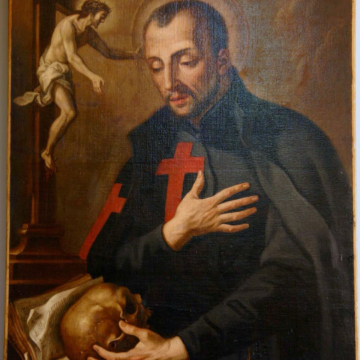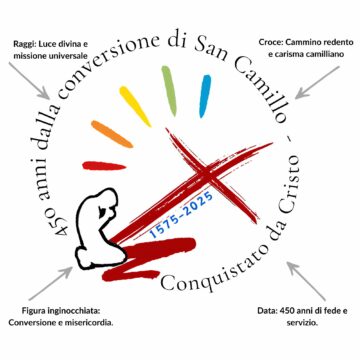During my years working for the historical archives of the Camillians I have often asked myself this question – to whom should we attribute the idea of an international organisation for wounded soldiers which then led on to the creation of the Red Cross at the Geneva Convention of 1864.
That evidence exists which attributes this paternity to the Camillians one can deduce from the historical facts.
Following on from the writings of the much lamented Father Mario Vanti, the historian of the Order, it is possible to outline a brief historical picture of those years.
On 24 June 1859, during the second war for the independence of Italy, there took place one of the bloodiest battles of the nineteenth century on the hills to the south of Lake Garda in San Martino and Solferino. Three hundred thousand soldiers of three armies (the French, the Sardinian-Piedmontese and the Austrian) came up against each other, leaving on the ground about a hundred thousand men – dead, wounded and lost in action. A few kilometres from Solferino there is the town of Castiglione where we know for certain the Camillians were working – generous and heroic souls who on their own initiative, and in a true spirit of Christian charity, both priests and lay faithful and under the leadership of Don Lorenzo Barzizza, strove to provide care and help to the wounded.
The pioneer of the idea of an organisation to help soldiers wounded in battle seems to have been a young Swiss: Jean Henry Dunant.
He found himself involved in this terrible massacre which was aggravated by the ‘inexistence’ of military health care and described everything in an admiral way in his fundamental text: Un Souvenir de Solferino. In this work we find ‘the most profound and human execration of war’. From this horrible spectacle was born in Dunant the idea of creating a team of trained volunteer nurses whose work could make a fundamental contribution: the Red Cross.
Behind this claim to the symbol of the Red Cross we cannot forget, on the Italian side, the figure of Dr. Ferdinando Palasciano who had supported the idea of the neutrality of the wounded, caring for enemies as well. For this he paid the price of imprisonment and persecution.
But the most authoritative name remains that of Dunant who was the person most engaged in activity involving care for the wounded.
The distinctive sign of the health-care personnel of armies as well as of hospitals and ambulances also deserves a mention.
In the light of historically ascertained facts, nothing was easier for Dunant than to draw inspiration from the red cross that had already stood out on the chests of the Camillians for over three centuries. That effective sign which Camillus adopted for himself and his companions represented the red of the Blood of Christ and the blood of religious brothers who accepted his programme for action and sacrifice. This was a symbol which in 1586 received the official authorisation of Pope Sixtus V.
But the important thing is not so much the symbol as the unity of intent which the Red Cross and the Camillians shared and share in the name of Christian charity.
Luciana Mellone














Camillians on Facebook
Camillians on Twitter
Camillians on Instagram